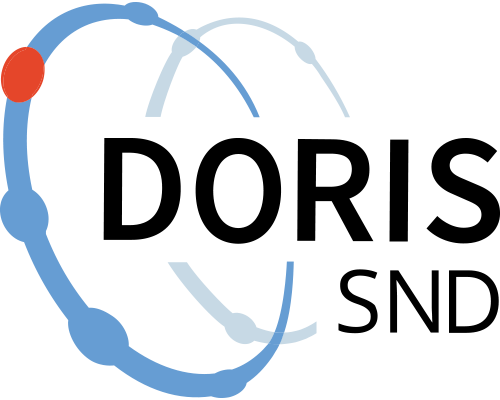Clupeids and stickleback biomass, fishery landings, and hydrographic variables from the Baltic Sea
https://doi.org/10.5878/ka8r-8e34
Beskrivning av data och filstruktur: data om fiskbiomassa, fiskelandningar och hydrografiska variabler från Östersjön. Datan användes för att undersöka sambanden mellan sillfiskar och storspigg, särskilt om minskad predation från sill och konkurrens från både skarpsill och sill kan ha bidragit till den senaste tidens ökning av storspigg i Östersjön.
See English description for more information.
Datafiler
Datafiler
Dokumentationsfiler
Dokumentationsfiler
Citering och åtkomst
Citering och åtkomst
Tillgänglighetsnivå:
Skapare/primärforskare:
- Olavi Kaljuste - Sveriges lantbruksuniversitet
- Ronny Fredriksson - Sveriges lantbruksuniversitet
- Mårten Erlandsson - Sveriges lantbruksuniversitet
- Michele Casini - Sveriges lantbruksuniversitet
- Agnes Olin - Sveriges lantbruksuniversitet - Department of Aquatic Resources (SLU Aqua)
- Johan Eklöf - Stockholms universitet
- Jonas Nilsson - Linnaeus University
- Ulf Bergström - Sveriges lantbruksuniversitet - Institutionen för akvatiska resurser
Forskningshuvudman:
Diarienummer hos huvudman:
- SLU.aqua.2024.5.4-181
Data innehåller personuppgifter:
Nej
